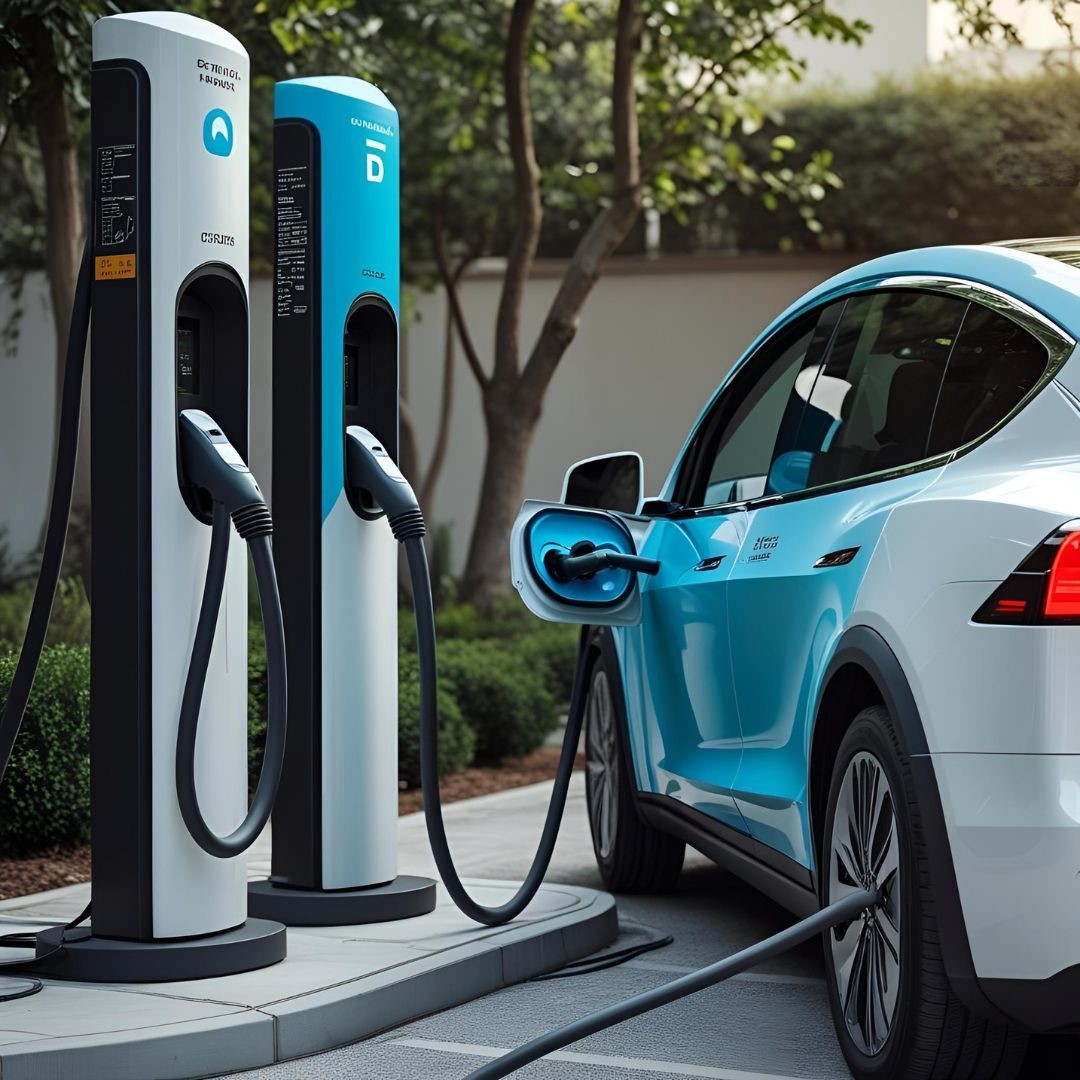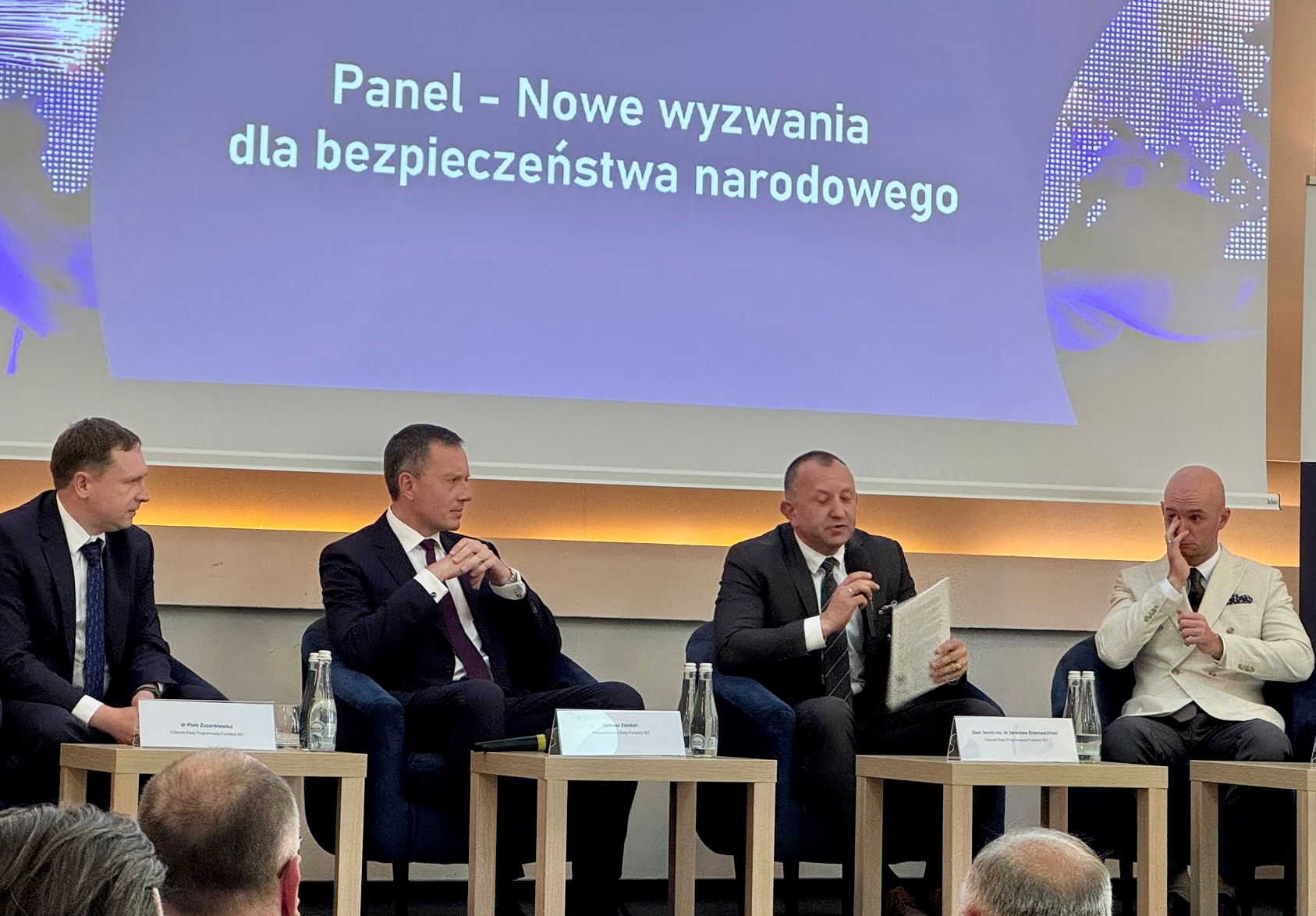We are currently in the process of broadly understood transformation of the energy sector (including heating). This transformation is a direction marked not by market conditions or the economic needs of individual countries, but by EU regulations, i.e. de facto - political decisions taken at European level.
About ten years ago, it was decided that the transformation should run towards the departure of burning coal fuels to replace them with gas units. Gas was to become a transitional fuel stabilizing the European energy system during a period of dynamically increasing the share of renewable energy sources in the energy mixes of EU Member States. These decisions resulted in multi -billion investments in safe and proven technologies that guaranteed stable energy supply and translated into socially acceptable prices of both electricity and heat. Special challenges are especially in large heating systems, where we have a limited selection of manufacturing technologies that are technically possible and at economically justified costs. Poland is one of the few EU countries, which due to the specificity of weather conditions and at the same time a large population, has an extremely extensive heating network and in a special way is forced to take care of the functioning and development of the heating system, especially during the period of challenges related to transformation.
The goals of the transformation are precisely defined and adopted, so there is a need for modernization activities to achieve applicable EU climate goals, and their lack would threaten costs (ECS, fuel system) and potential sanctions for failure to meet the requirements of RED III directives (in the field of renewable energy sources) and EED (in terms of energy efficiency). The transformation towards low and zero-emission sources at EU level is already "sealed" and will undoubtedly accelerate in the current decade. The good news is, however, that at the national level we have the opportunity to achieve these goals according to our own script. Therefore, the sector can gradually implement leaving coal through gas as a kind of bridge (also taking into account the use of hydrogen - including green - in the future), the parallel development of the use of biomass and biogas where possible, where it is possible, as well as investments in heat pumps and waste heat wherever the conditions allow it. A great example of using the possibility of a flexible approach to achieving the EU goals is the definition of a "effective heating system", because the fulfillment of its criteria can be done in several ways - using, among others: cogeneration, waste heat, renewable energy or mix of these technologies. Of course, it should be remembered that this definition will be subject to changes in the following years until 2050, when only renewable energy and waste heat are permissible within it. The system, which, by definition, is not "effective" is a very serious risk and consequences, above all, cutting off preferential financing (subsidies and loans) from sources of sources and the lack of obligatory connecting to the heating network.

Fig. 1
(Source: "Impact of EU regulation on the transformation of the system heating sector in Poland" - report of the Polish Society of Cieplnej)
In the context of these challenges, it should be emphasized that the technology of gas and biomass units is a technology that is: available, proven, stable from the point of view of ensuring energy security and supply continuity and socially acceptable from an economic point of view (i.e. costs for recipients). The situation is similar with the use of waste heat. The industry currently postulates in conversations with the national administration (unfortunately, unfortunately, unfortunately) to qualify the heat from waste incineration plant as waste, because the main combustion product is electricity, and heat is then an additional product. This approach is used by other countries, for example France. It should be emphasized that the direction of transformation chosen in the past a few years ago took into account both the aspect of the state's energy security and the social dimension - noting that the cost of transformation was acceptable to the recipients of electricity and heat and the economy. We were promoting this shape of transformation, working in GK PGE, but also being members of numerous industry organizations. In the strategy of the PGE Capital Group, we even assumed the use of coal in the PGE heating segment until 2030. Of course, we predicted the need for gradual electrical electrification (primarily by using electrode boilers and heat pumps), but certainly not at such a pace and range that may threaten the safety of the system and stability of heat supply. In addition, it should be noted that the investments planned and prepared by us in gas units in heating also obtained acceptance in Brussels in the form of notification of the cogeneration support system, because the EU assumed the development of investment in gas cogeneration as a direction of transformation and a departure from the burning of coal fuels, which was expressioned in the so -called Taxonomy criteria, where the permissible emission (EPS) is set at 270 g CO2/kWh, and gas cogeneration meets these criteria.
All the more amazing are the assumptions and directions of "Strategy for Heating Strategy" published by the Ministry of Climate and Environment in May 2025, where the main direction of heating transformation is its electrification, with a marginal and only supporting role of gas cogeneration and biomass units. MKiŚ assumes, it is not known on the basis of what forecasts, that by 2035 there will be a surplus of cheap energy at 24-50 TWh [1] , which can be used for heating purposes. It is worth adding that the lack of clear decisions and positions of the Ministry of the Climate and the Environment observed for a year and a half, for example in the field of biomass cogeneration or qualifying heat from waste incineration plant as waste heat, causes that the companies delay the company with making relevant investment decisions. In addition, it should be urgently introduced to domestic regulations for green heat from electrode boilers (in some simplification green electricity supplies electrode boilers, which allows heat from these boilers to qualify as green). Simple, cheap and safe solution. Similarly, you should take care of heat warehouses in the definition, tariff and concession range.
The approach to the transformation of heating currently presented by the Ministry of the Climate and Environment is also incorrect for other reasons, which we sum up below
- The elimination of gas cogeneration and bringing its role only as peak units causes the lack of stable production sources in the base in the energy system, which in turn leads to an orphanage, and in effect to permanent unprofitability and lack of economic sense of maintaining these units in the system, in a situation where they are very important from the point of view of ensuring the flexibility of the national electricity system (KSE).
- The electrification of heating, as mentioned earlier, which is obviously needed at the right pace and extent, causes an increase in the demand for electricity (and when eliminating gas cogeneration, the problem only multiplicates) - unfortunately, there is a lack of analysis of the impact of this approach on KSE.
- Lack of taking into account the need for network infrastructure and related costs.
- Lack of analysis of influence on KSE through weather -dependent production sources (which would contribute to ensuring electricity to generate heat in this concept - however, there is no presentation of specific forecasts and analyzes their impact on the stability and work of KSE).
- Lack of regulations conducive to development in the direction referred to in point 4 above.
- Lack of correlated aid programs, i.e. external sources of financing (e.g. no support proposals dedicated to heat storage).
Another extremely important issue is that so far the transformation of heating has resulted in powerful and expensive investments, including gas or biomass units, which were largely financed from many sources, including largely from public funds (support systems: power market, cogeneration support system, as well as from public aid: subsidies and preferential loans) and the work of these units was designed on 25-30 years, and not in a script in which these assets would be excluded in a few or several years, which can be inferred from the current plans of transformation of the current national administration. This approach means waste of public funds.
One should not forget about the importance of the role of gas units and gas cogeneration in the stabilization of the national power system - this is a very important feature, especially with the growing participation of unstable and weather -dependent renewable energy sources in the system. The high flexibility of work and a quick response to the variability of the production of renewable energy sources causes that gas units guarantee the stability and continuity of electricity and heat supply.
In an interview in July 2025 for WNP.pl, one of the current vice presidents of PGE spoke about heating, including cogeneration and its role after 2035, mainly in the context of EU regulations affecting the heating sector. We were also talking about the EU strategy for heating, which is to be proposed by the European Commission in the first quarter of 2026. He did not mention what puzzling for us, strategy for heating at the national level. Of course, discussions at the EU level are an important matter for Poland and this should definitely be dealt with by the government, with the substantive support of industry organizations. The more that the government did not use the six -month presidency period in the EU Council to support any favorable solutions for the Polish energy in Brussels. In current circumstances, we urge you to focus on "here and now", ie to first provide and secure a proper role for cogeneration at the national level. Otherwise - we will not even realize - how the Ministry of the Climate and Environment electrifies native heating, without providing support for rational solutions and key technologies in the coming years.
The representative of the Ministry of Culture and National Heritage declared in the Sejm in April that the strategy for heating would be published two months after the publication of the National Plan for Energy and Climate (KPEiK), because both documents must be (obviously) coherent. The minister of climate and the environment assured in July that within a few days the ministry would finish work on KPEiK update and it will soon go to the permanent committee of the Council of Ministers. This means that this is absolutely the last moment to influence the provision of rational solutions in the national strategy for heating and eliminating risks that can push Polish heating into a "blind street".
To sum up: the strategy for heating currently founded by the Ministry of the Climate and Environment providing for transformation based on primarily the electrification of heating is improper and irrational. It is necessary to return to our solutions as soon as possible, which assumed a gradual departure from coal through gas as a kind of bridge (taking into account the use of hydrogen, - including green - in the future), in parallel development of the use of biomass and biogas where possible, where possible, as well as investments in heat pumps and waste heat wherever the conditions allow. It should be emphasized that the direction of transformation chosen in the past took into account both the aspect of the state's energy security and the social dimension - noting that the recipients were able to bear the cost of this transformation. The cost of energy transformation itself is of course a very important, complex and multi -faceted topic, to which we will certainly return. The more that the statutory mechanism has just ended, protecting heat recipients from increases!
[1] These data were presented by MK during a meeting of the Senate Commission for Climate and Environmental Protection on June 24, 2025.




